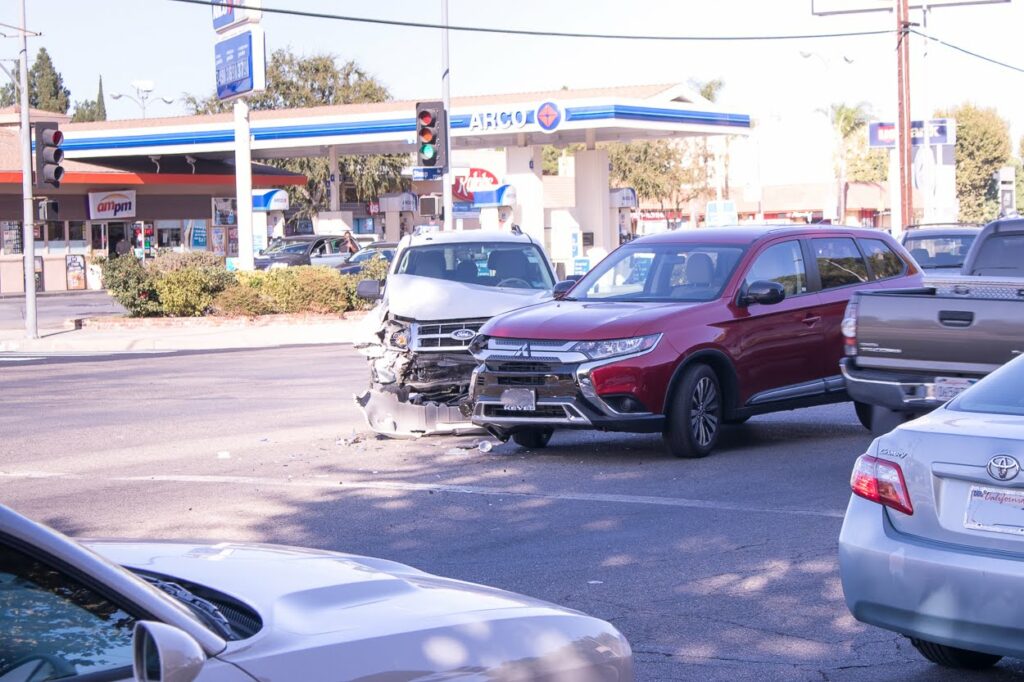When polled about road safety, most drivers in Ohio and around the country say that drowsy driving is extremely dangerous. However, a worryingly high percentage of them also admit that they routinely get behind the wheel after not getting enough sleep or staying on the road despite clear warning signs of dangerous fatigue. Almost one in three of the motorists recently polled by the American Automobile Association confessed that they had driven drowsy within the last 30 days.
The problem is serious because fatigue impairs drivers in much the same way alcohol does. Motorists who fall asleep behind the wheel are unable to brake, steer or take any kind of evasive action. Professionals at the National Sleep Foundation say that a motorist who hasn’t slept for 24 hours is as impaired as a person with a blood alcohol concentration higher than the national drunk driving limit.
Making matters worse is that most of the techniques drivers use to remain alert either don’t work or provide only short-term stimulation. Drinking a strong cup of coffee can raise alertness levels for an hour or so, but turning up the radio volume or opening a window has virtually no effect. According to doctors, the only remedy for fatigue is rest, and the only way fatigued drivers can reduce their risks is by pulling over and getting some sleep.
While drowsy driving doesn’t provide accident investigators with telltale clues the way alcohol or drug use does, the electronic systems of modern automobiles usually feature data recorders that could provide evidence of fatigue. When a client has been injured in a motor vehicle accident caused by a drowsy driver, an experienced personal injury attorney might seek to have the car involved examined in order to retrieve these electronic records.






 3033 Kettering Blvd.,
3033 Kettering Blvd.,
 contactus@attkissonlawfirm.com
contactus@attkissonlawfirm.com